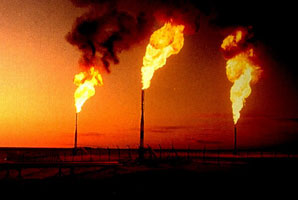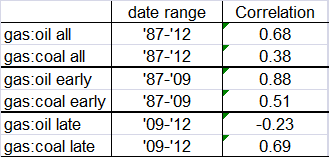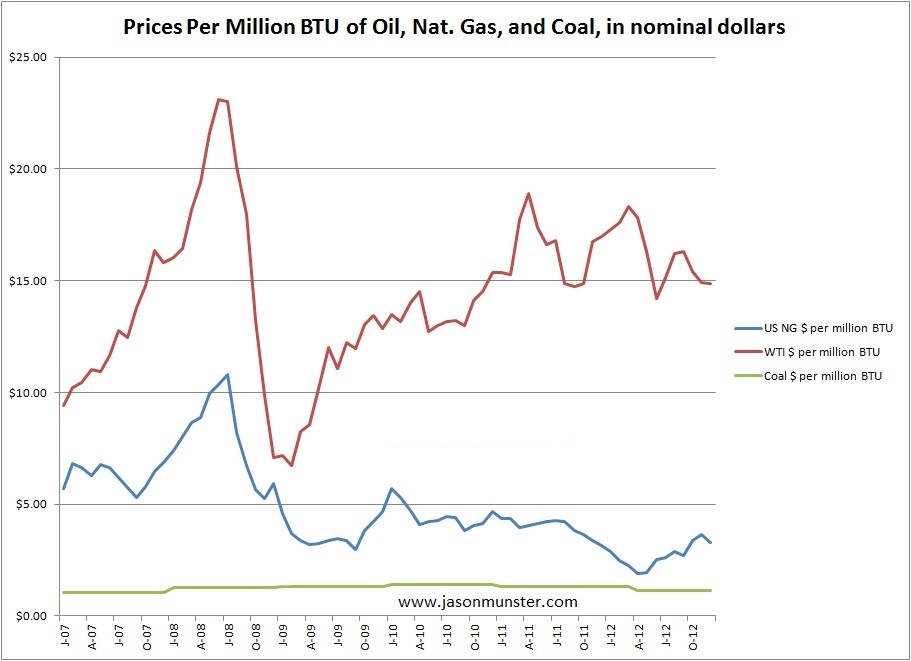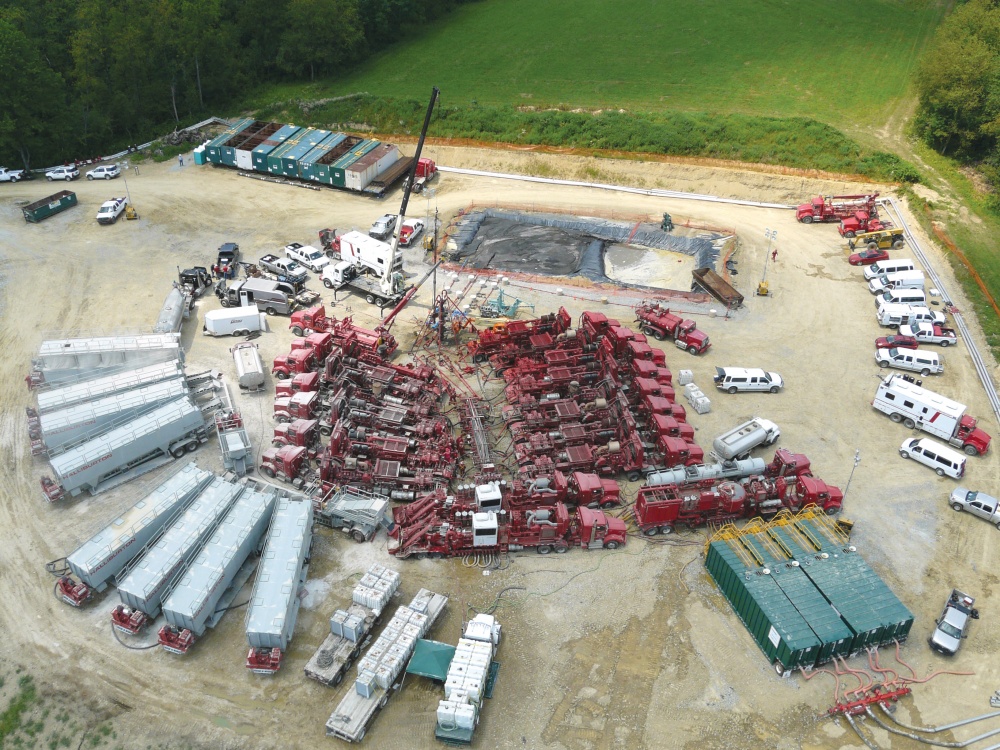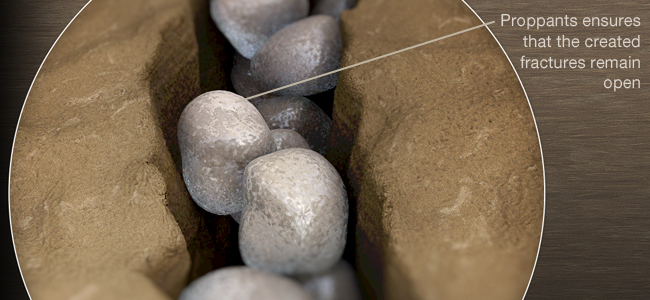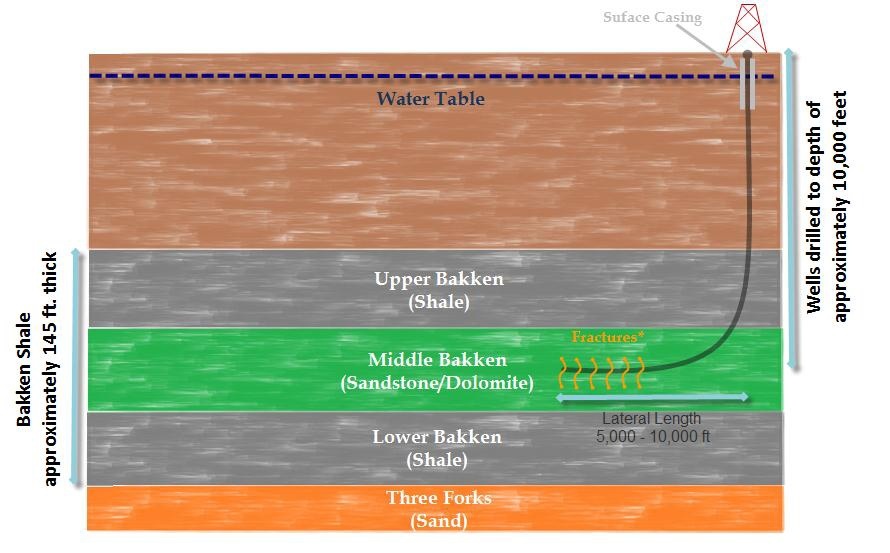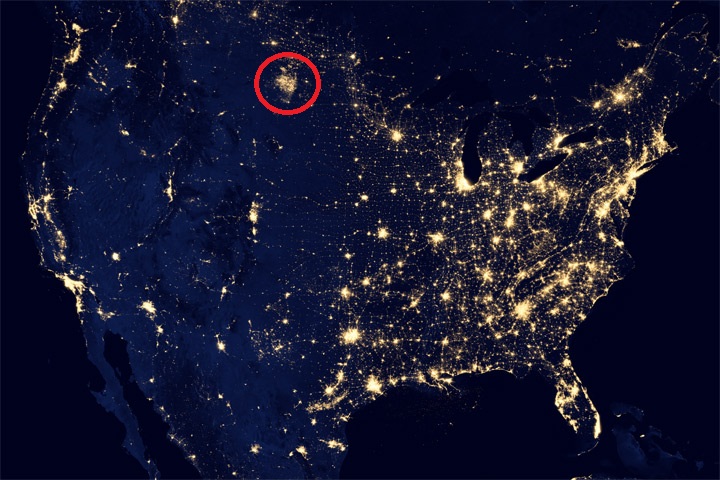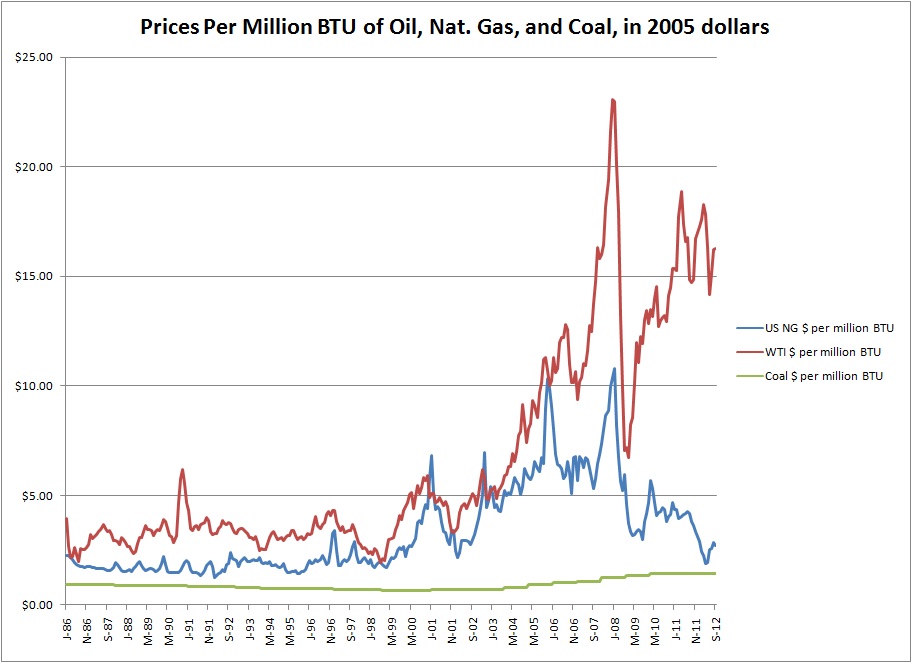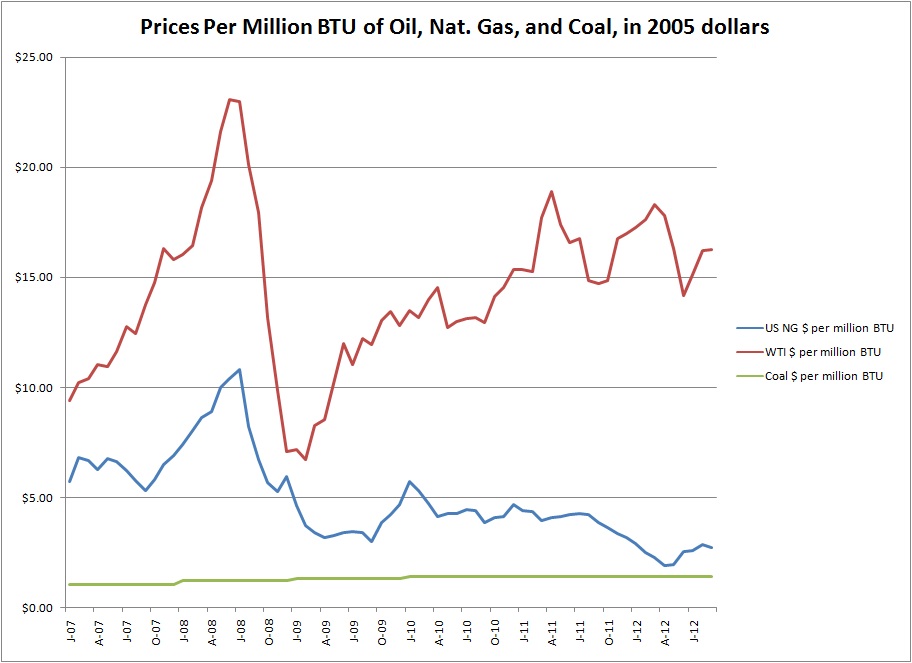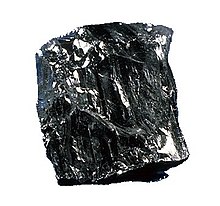Today's post is about something important that I entirely took for granted that most people don't know about. Oil refining.
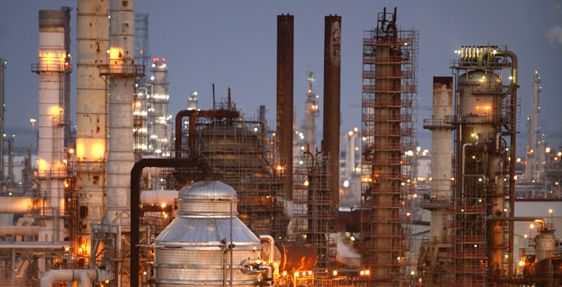
Oil refinery, pic from eia.
For those five of you that read last week's post and wondered where I got all that from, a lot of that information came from books on geopolitics and a course called Geopolitics of energy. More or less, geopolitics goes far beyond your government course to include geographic/geologic/demographic constraints.
Anyways. Refining. No equations here. Sorry if you like those.
Basically, refineries buy crude oil and distill it to usable products based on the fact that crude oil is a mix of a bunch of different products. Your typical barrel of low-grade crude from Venezuela will have 40% of a substance that can be only used as road tar. This is called residuum. Chemically speaking, it is chains of long, heavy molecules, not useful for much. More chemically speaking, the Van Der Waal's forces, which are based on molecular mass, attract these to each other, so they are sticky and have high boiling points.
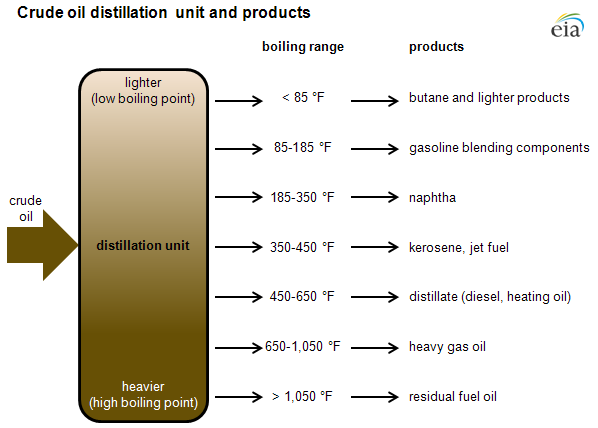
Distillation temperatures (and a rock block diagram of a refining tower) of different crude oil components. from EIA.gov
How do these get separated? By their different boiling points! Refineries are towers. Everything at the bottom is very hot, so just about everything boils. Farther up the heaviest stuff with the highest boiling points will condense out to liquid phase, while stuff with lower boiling points will stay in the gas phase. This pattern continues all the way up, until the different products are fully taken out.

A schematic of a refining tower. Nearly everything in the bottom is volatile (gas phase). As you move up in the tower, temperature drops, and the heaviest items condensate out in liquid form, collect in trays, and are removed. source: chevron Pascagoula
Gasoline is amongst the most valuable commodity pulled out of a barrel of crude. Diesel in the US is more valuable if it can make its way to the east coast, where it can be shipped to Europe. Why does Europe use more diesel than the US? Cause the gasoline tax there is much higher than the diesel tax. So the price for gasoline is artificially raised very high, and then the price for diesel (which can be substituted for gasoline in most applications) rises to something underneath gasoline. Since petroleum products are a globally traded good, the price of diesel in the US is directly affected.
Barrels of oil are not created equal. Stuff coming out of Saudi Arabia can produce a lot of gasoline (we are talking nearly 70 or 80%). Stuff coming out of the Canadian tar sands might produce closer to 20%, and have a ton of residuum. A barrel of Canadian tar sand oil is thus worth much less than a barrel of Saudi crude. Note: the Bakken produces a barrel that is even better than Saudi. It is some of the best in the world. It is worth less at the well head (where it comes from the ground) than other barrels. Cause the Bakken developed so rapidly that there is not enough transport capacity. This elucidates another important point. Refineries buy crude oil.
Hokay, next stop on refineries: different types. The crude that comes from Venezuela and the Canadian tar sands is incredibly low quality. It is filled with heavy stuff. In order to distill it, it needs to go to special refineries. It turns out that Texas and the American South are one of the few places that can handle this super thick sludge. So Venezuela can complain all they want about the US, but their only buyer for their product is currently the US. No one else has the ability to process it. What about Canadian tar sands and Keystone XL? Most of us have heard that China is willing to buy that stuff, and they will if Keystone does not go in. It would be pretty easy for that stuff to be shipped to the coast, and if China could have a guaranteed supply of it for years, it would be worth it for them to build refining capacity for that thick sludge. So if we don't build Keystone or develop rail capacity to buy that junk from Canada, then China will.
How much money does refining oil make? A couple of dollars per barrel. Compared to Saudi Arabia making nearly $100 a barrel, this doesn't seem like much. But given there are 80 million barrels of oil used a day in the world, that means there is somewhere between $100 and $150 million per day to be made in the world by refining oil. If you are Exxon and don't have all that much access to produce in a Saudi oil field, this could be a great option.
Okay. That's about it. Thanks for reading.
-Jason Munster

